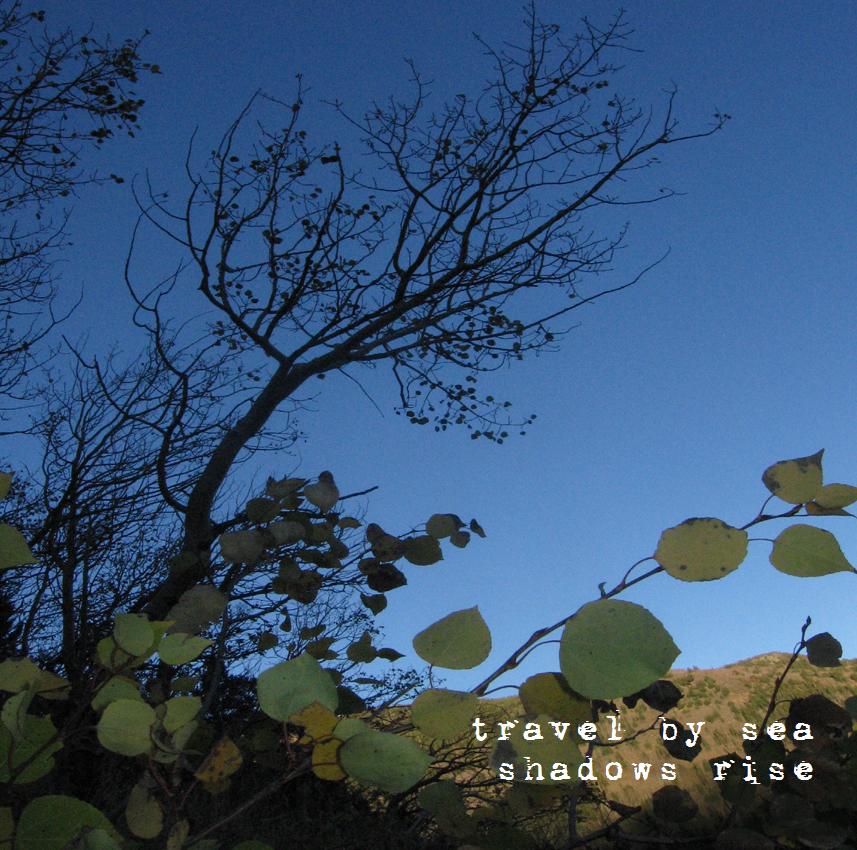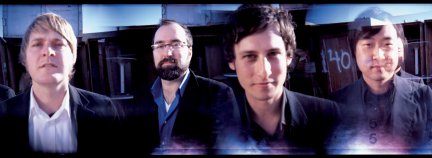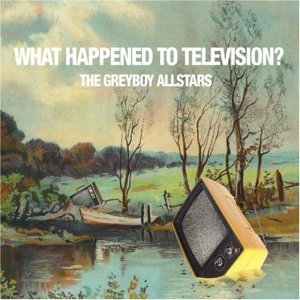 Growing up one of my favorite instrumental songs was “Green Onions” by Booker T. and the MG’s. When I started listening to the mid-Nineties Acid Jazz movement, the instrumental and keyboard driven music reminded me of the grooves of the MG’s. Around this same time the formidable Blue Note Records released a compilation titled The Lost Grooves – Rare and Previously Unissued Slices of Funk from the Vaults of Blue Note 67-70. This compilation was solid great grooves from beginning to end and included Grant Green, Lonnie Smith and Lou Donaldson. According to the liner notes penned by Bob Belden, the period of 67-70 represented a transitory period for Blue Note — moving from the bop styles and leading to the 70’s fusion. Blue Note signed a number of artists who all represented the funk-fueled jazz. In the 90’s the massive Blue Note catalog was being sampled by DJ’s and they responded with this album as well as their own hip-hop act US3. Around this same time the Beastie Boys released Ill Communication that had Hammond B3-driven funk instrumentals (assisted by Money Mark) and the subsequent EP The In Sound from Way Out that collected the instrumentals plus a couple of other tracks.
Growing up one of my favorite instrumental songs was “Green Onions” by Booker T. and the MG’s. When I started listening to the mid-Nineties Acid Jazz movement, the instrumental and keyboard driven music reminded me of the grooves of the MG’s. Around this same time the formidable Blue Note Records released a compilation titled The Lost Grooves – Rare and Previously Unissued Slices of Funk from the Vaults of Blue Note 67-70. This compilation was solid great grooves from beginning to end and included Grant Green, Lonnie Smith and Lou Donaldson. According to the liner notes penned by Bob Belden, the period of 67-70 represented a transitory period for Blue Note — moving from the bop styles and leading to the 70’s fusion. Blue Note signed a number of artists who all represented the funk-fueled jazz. In the 90’s the massive Blue Note catalog was being sampled by DJ’s and they responded with this album as well as their own hip-hop act US3. Around this same time the Beastie Boys released Ill Communication that had Hammond B3-driven funk instrumentals (assisted by Money Mark) and the subsequent EP The In Sound from Way Out that collected the instrumentals plus a couple of other tracks.
I was listening to all of this in the 90’s and it shaped my tastes for instrumental funk.
DJ Greyboy formed the band the Greyboy Allstars with Karl Denson in 1993 during the height of Acid Jazz as an extension of his residency spinning discs at a bar in San Diego. The band’s style of music was influenced by the rare jazz groves that DJ Greyboy was using in his sets. Uninterested in extensive touring, DJ Greyboy’s involvement in the group is to act as a creative leader and filter to the band’s music. The Greyboy Allstars’ new album on SCI Fidelity What Happened to Television? is the band’s second album. The first album West Coast Boogaloo
came out in 1995.
The Greyboy Allstars decided to re-form after a successful reunion show last year. The result is a purple wall-to-wall shag of funk and jazz grooves. On the informative episode of the SCI Fidelity podcast the band admits to having a fascination with a certain period and this record shows it. All of the instruments are old school funk jazz and even the recording was done live to tape with tape splicing for edits.
I hadn’t heard of DJ Greyboy or the Greyboy Allstars prior to getting this album so this review required some digging to get the details of this group. The band is made up of seasoned scenesters. Guitarist Elgin Park is better known as Michael Andrews and scored films like “Donnie Darko” as well as the TV series “Freaks and Geeks” and has also produced a number of albums for artists like Inara George who is on this album. Sax player Karl Denson was a former sideman for Lenny Kravitz. Robert Walter who plays the Hammond B3 is a well-regarded sideman who worked with the Headhunters and Bobby Previte. Bass player Chris Stillwell has worked on many sessions including the soundtracks for “40 Year Old Virgin” and “Starsky and Hutch” as well as working on Inara George’s first solo record All Rise. The Funky Drummer for this album is Zak Najor.
The album was recorded and largely written in a week. Only one song was written prior to the sessions. According to the band in their podcast, this prevented the “jury duty” that is usually associated with introducing songs to the band for approval. This also gave everyone a stake in the songs as they created the songs as a band. I think that the sense of urgency to get the record recorded resulted in a much-needed lack of polish. The band says that there are “tiny mistakes” all over the record that you wouldn’t notice but add to the edge of the record. They site the album track “Left Coast Boogaloo” for this in that the song nearly fits in the smooth jazz category except for the angular guitar playing.
Overall the record is fun and sunny which is exactly the mood the band set out to capture. Every track is the sound of a band stretching its legs in a style they love. Of note are the vocals– they include lots of James Brown or Bootsy Collins style shouts and phrasing. A couple of the songs feature the band members on vocals. Two of the songs have Inara George, daughter of Lowell George on them.
The record’s first single will be the band’s take on the standard “How Glad I Am.” This song is a funkified song with Andrews Sisters style harmonies provided by The Living Sisters which has Inara George as a member. The Living Sisters includes Becky Stark from Lavender Diamond (featured in this month’s Paste Magazine) and Eleni Mandell. Elgin Parks/Michael Andrews was producing the Living Sisters album, which is largely a folk record and they do a version of “How Glad I Am” on it. He got the idea to have them do their same vocals over the band’s groove. The result is very cool if a bit unexpected. It reminds me of the song “Dancing” from the movie “Xanadu” where Olivia Newton-John sings in a similar 40’s swing style that gets mashed with the Tubes. Inara Seems to be very busy! She is also in the critically-raved The Bird and the Bee whose new album is out on Blue Note of all places. I heard “Again and Again” on last week’s “Grey’s Anatomy.”
The band’s namesake DJ Greyboy shows up for two inspired tracks where he guests on the turntables– “Old School Cylons” and the cover of an obscure funk 7-inch called “Give the Drummer Some More.” This was a record that Greyboy used to spin in the early days at the Green Circle that the band liked. No one could come up with a copy of the record for the band to learn the song so they found a partial sample of the record and improvised the song from there. According to the band in the podcast, “Drummer” is in the style of songs like “Do the Tighten Up” and “Memphis Soul Stew” where each of the members of the band get a shout-out and a solo. A very good way to wrap up a great album.
If you’re a fan of Acid Jazz, old school R&B or Jazz Funk, this is the record for you. The band says that they are already working on the next albums– I think this is great news. They are kicking a tour off in May and will be touring through the summer. If you’re lucky enough to have them in your town you should go out and shake the boogaloo.
Click Here to download the SCIFidelity Podcast #7 on the Greyboy Allstars as an mp3.
The Mini-Site dedicated to What Happened to Television with two tracks (“V Neck Sweater” and “How Glad I Am”) in Real Audio.
Greyboy Allstars on MySpace with “V Neck” and “How Glad” as well as one track from their debut record and one from the Ben Stiller movie “Zero Effect.”
Download “Knowledge Room” from What Happened to Television?

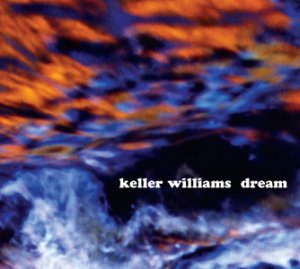
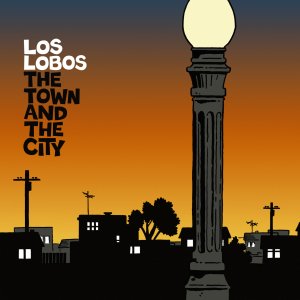
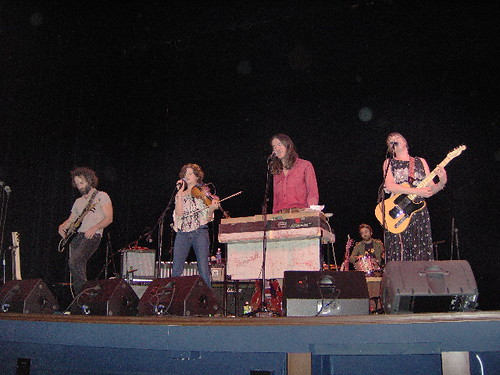
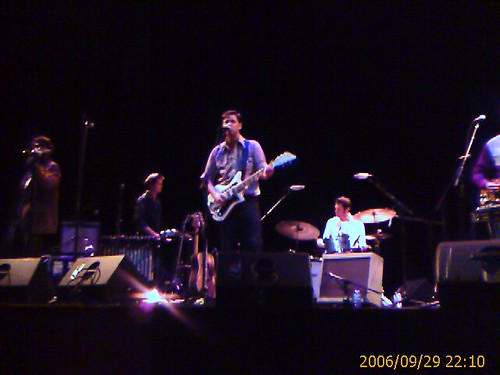
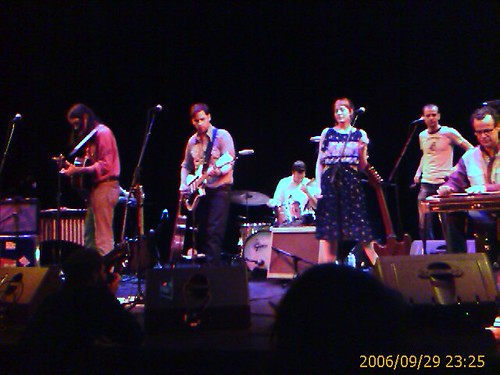
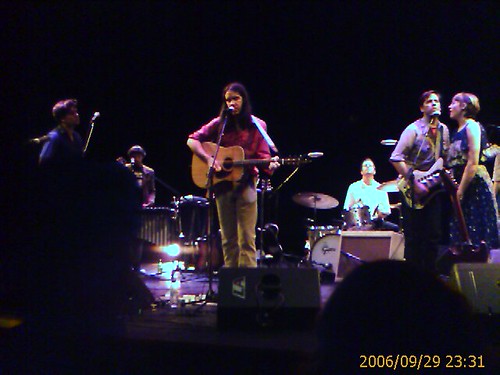
 Although the
Although the 
